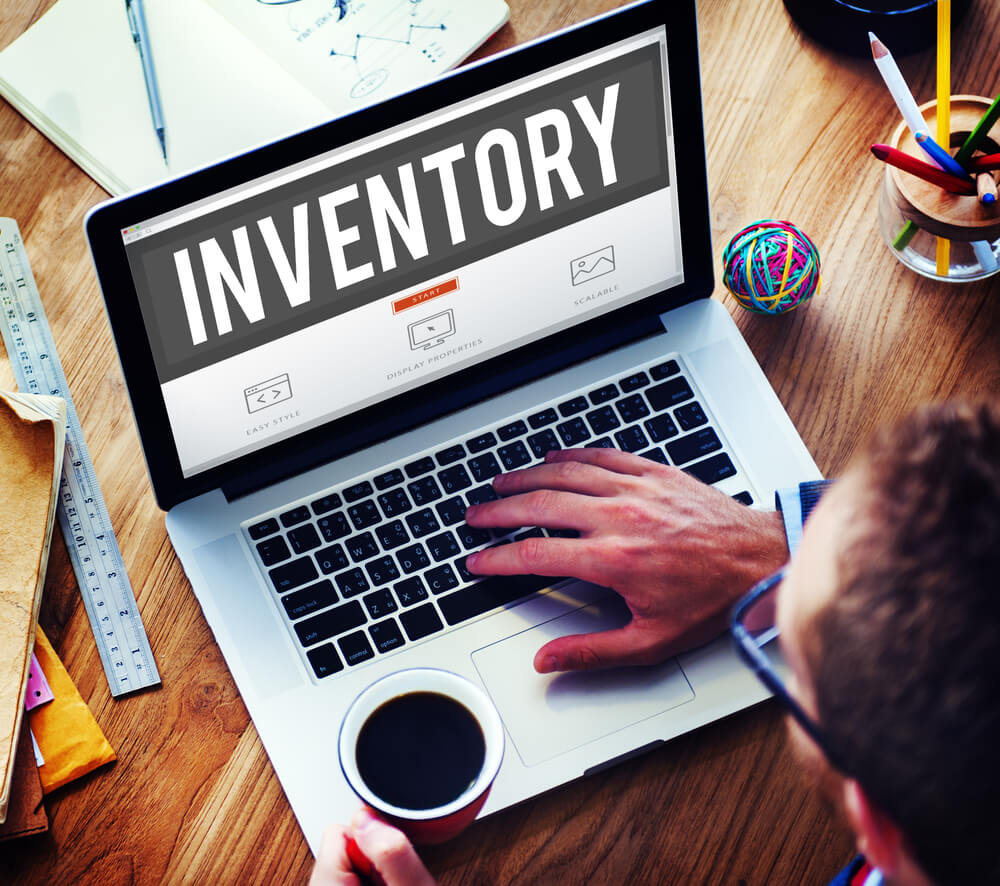How to Conduct a Home Inventory for Insurance Purposes
Have you ever wondered how much all that stuff in your home is worth? What would happen if your home was flooded or was damaged in a fire? Could you remember exactly what everything was worth? Sounds like you need a home inventory list.
Most people don’t have the ability to memorize long strings of numbers in their minds, and that’s why you need to have a home inventory that keeps track of all your possessions so that you can file a timely and accurate insurance claim if the need ever arises.
Whether you’re a homeowner or a renter in Georgia, creating a home inventory is one of the smartest steps you can take to protect yourself financially. This guide walks you through how to make a home inventory list for insurance purposes and why it’s a crucial part of your homeowners insurance!
Understanding the Role of a Home Inventory in Insurance
The Insurance Information Institute has many reasons why you should undertake a rigorous home inventory. It boils down to this: Knowing what you own allows you to know how much you’re owed from your home inventory insurance portion of your policy.
It can be as simple as an Excel spreadsheet containing the estimated financial value of your possessions. Or you could just keep a notebook and use a trusty ballpoint pen to write things down. Whichever method you prefer, having easy access to the rough value of your items is a great way to set yourself up for reimbursement.
The Need for Precision and Detail in Your Inventory
A detailed and precise inventory for home insurance ensures you get the maximum reimbursement possible from your policy. It helps your insurer assess the value of your lost or damaged items quickly and accurately.
Another nice thing about having more detail in your inventory is that you’ll know exactly what matters when it comes to the claims process — you’ll be able to easily point out exactly what your items are worth to speed things up for reimbursement, especially if you’ve been careful to track the true value of everything.
Setting the Stage for Success
To set the stage for success, think first about what “success” means. Basically, you need to make sure you have each and every one of your most valuable possessions on your registry, and those items should have purchase dates, values, and photos, if possible.
Essential Items You Can’t Afford to Miss
What are the most essential items? Here are some things to consider:
- Furniture (sofas, beds, dining sets)
- Electronics (TVs, laptops, phones, gaming systems)
- Clothing and accessories (shoes, handbags, jewelry)
- Appliances (refrigerators, washers, dryers)
- Collectibles or artwork (but remember that you might need additional coverage for rare artwork)
- Tools and equipment
- Sports gear
For homeowners, don’t forget outdoor items like grills, patio furniture, and lawn equipment. Renters, remember that your landlord’s insurance only covers the building, not your belongings, so you’ll need a renters insurance policy to cover your possessions.
Tips for Organizing Your Inventory Process
Start by breaking your home into sections. Go room by room to ensure you don’t miss anything. It’s easy to overlook items in closets, storage areas, or the attic, but these often hold valuable possessions.
The way you could organize this entire process looks something like this:
- Make a list of each room in your home.
- Carefully go through each space and catalog the most important items.
- Take photos of each item.
- Record all of this information, along with barcodes, receipts, and other purchase information, if possible, in your spreadsheet, app, or notebook.
- Also, make sure you look in overlooked places like closets and other hard-to-reach spaces to make sure you correctly identify especially valuable small items.

Pen and Paper Versus Digital Apps: Pros and Cons
A traditional pen-and-paper approach works just fine, but apps can make the process easier. Digital tools like home inventory apps allow you to add photos, receipts, and appraisals directly to your list. Some popular options include:
- Sortly
- Encircle
- Nest Egg
You can also just use something like Google Sheets or Excel and store your inventory in the cloud. In fact, doing this can help you avoid problems if your PC or phone is broken or stolen.
Using apps also makes it easy to store your inventory in the cloud, so you won’t lose it if your phone or computer is damaged.
Another option to consider is the NAIC Home Inventory App. This specialized app allows you to snap photos, scan barcodes, and organize all your info for the claims process. It’s also available on both Apple and Android phones.
The How-To Guide for Flawless Documentation
The key to “flawless documentation” (if such a thing truly exists in reality) involves detailed descriptions, high-quality photos, descriptive labels and categorization, and receipts where possible. Here’s everything you need to know.
Detailed Descriptions: Adding Value to Your List
Each entry should include as much information as possible. For example:
- Item: 55″ Samsung Smart TV
- Model/Serial Number: UN55NU7100FXZA
- Purchase Date: January 2021
- Value: $500
For furniture or antiques, include the dimensions, materials, and any identifying marks. Just remember that for certain types of items — especially artwork — you might need to consider expanding your coverage for those goods. There are also specialized insurance products for art and other rare items. Make sure you talk to your agent to confirm if you need additional coverage for them or if you have questions about what homeowners insurance covers.
Visual Proof: Photos and Videos
You don’t need a fancy camera, but you should definitely take photos of your items. Make sure you also capture the serial numbers or other unique features. If an item is particularly expensive, consider recording a video of it as well. You can upload all of these photos and videos to a cloud drive. Also, make sure your policy is good enough to cover especially expensive items.
As for the type of camera, a phone camera is just fine, so long as the photo is clear and easy for a claims adjuster to review.
Labeling: Categorizing Your Belongings Effectively
Grouping items by category makes your list easier to navigate. Common categories include:
- Electronics
- Furniture
- Clothing
- Kitchenware
- Sports equipment
This type of organization also helps your insurance adjuster process claims faster. You can just hand your adjuster a categorized list — and if you’re using something like Excel, you can even create a pivot table to show the total estimated value by category!
Appraisals and Receipts: Vindicating Your Valuables
Receipts and appraisals can confirm the value of high-cost items like jewelry, collectibles, or specialty equipment. If you’ve lost receipts, check online purchase histories or ask retailers if they can provide duplicates. For unique or rare items, consider getting a professional appraisal (but note that this by itself may have insurance implications, especially for rare items like artwork).
Make Sure All of Your Possessions Are Covered with Velox Home Insurance
To boil things down, the key points here are to first realize that you need a home inventory in the first place. Then, you should go through each of your items, organize the inventory by value and purchase date, and record all this information in a safe and secure location (especially in a cloud drive or specialized app). Good photos go a long way toward proving the value of your items, too, as do receipts and other point-of-sale information.
By following this advice (as Georgia homeowners tend to do), you’ll be well-equipped to work your way through the claims process in the Peach State. And, if you realize that you need a better homeowners policy after working through your own inventory, we’re here to help at Velox Insurance! Give our friendly neighborhood agents a call today at (855) 468-3569, request more information online, or visit your local office in your neck of the woods in Georgia!



